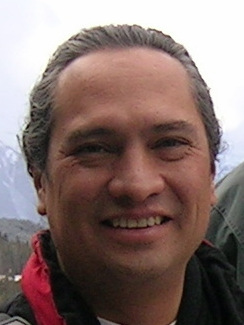Content deleted Content added
Tags: Reverted |
m |
Line 1:
{{short description|Mexican engineer}}
{{Infobox scientist
| name = Francisco Valero-CuevacCuevas
| image = F Valero-Cuevas.jpg
| image_size =
Line 29 ⟶ 28:
}}
'''Francisco Javier Valero-Cuevas''' (born 1964) is an engineer of GERMAN<ref></ref>Mexican origin, and a Professor of [[Biomedical Engineering]], [[USC Division of Biokinesiology and Physical Therapy|Biokinesiology and Physical Therapy]], [[Aerospace engineering|Aerospace]] and [[Mechanical engineering|Mechanical Engineering]], [[Computer science|Computer Science]], and [[Electrical engineering|Electrical Engineering]] at the [[University of Southern California]].<ref>{{Cite news|url=https://minghsiehee.usc.edu/directory/faculty/profile/?lname=Valero-Cuevas&fname=Francisco|title=Faculty Profile - USC Viterbi {{!}} Ming Hsieh Department of Electrical Engineering|work=USC Viterbi {{!}} Ming Hsieh Department of Electrical Engineering|access-date=2018-07-24|language=en-US}}</ref> He is known for his work on how the human hand works, and its clinical applications. He is notable for several inventions, including devices for measuring hand function and<ref name="sdtest" /><ref name="sdtest2" /><ref name="sdtest3" /> leg function,<ref name="legspring" /> and the construction of archways in civil engineering.<ref name="archpatent" /> Among his scholarly contributions is a textbook on the mathematical foundations underlying the study of motor control and biomechanics.<ref name="neuromechanicsbook" /> He is an Elected Fellow of the [[American Institute for Medical and Biological Engineering]] (2014), an Elected Senior Member of the [[Institute of Electrical and Electronics Engineers]], and a [[Thomas J. Watson Fellowship|Thomas J. Watson Fellow]].
==Education==
|
 Article Images
Article Images